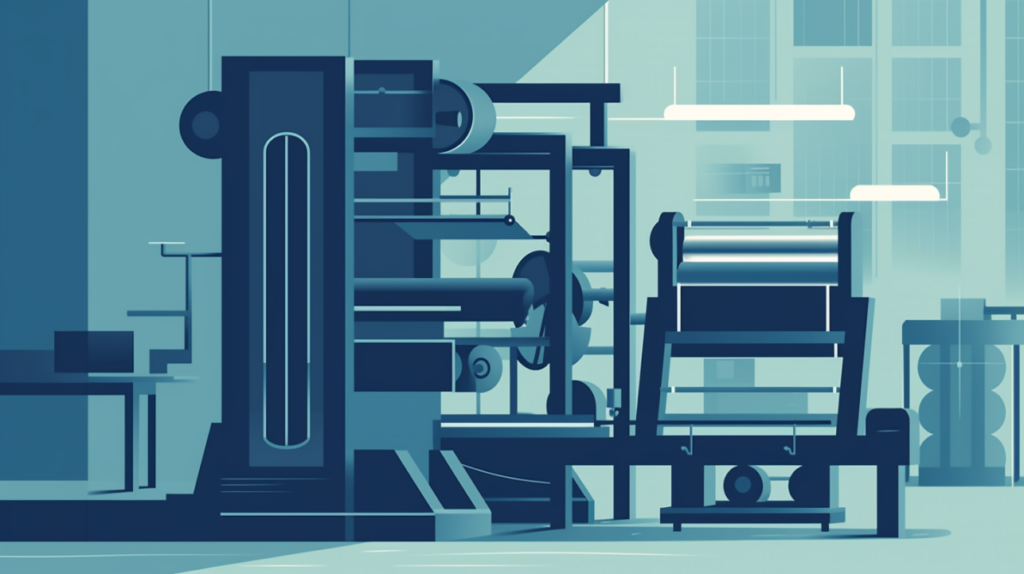Printing technology has been an essential aspect of human civilization for centuries. From the earliest forms of printing in China to modern digital printing, the industry has undergone significant changes that have transformed the way we communicate and share information. In this article, we will explore the history of printing technology, from the invention of the Gutenberg press to modern printing innovations.
The Origins of Printing
Printing technology has its roots in ancient China, where woodblock printing was invented during the Tang Dynasty in the 7th century. This technique involved carving images and text onto wooden blocks and then transferring the ink onto paper. The process was slow and labor-intensive, but it allowed for the mass production of books and other printed materials.

The first movable type system was invented in China during the Song Dynasty in the 11th century. This system used individual characters made from clay or wood that could be arranged and rearranged to create text. While this was an improvement over woodblock printing, it was still a time-consuming process.
The Gutenberg Press Revolution
The Gutenberg press, invented by Johannes Gutenberg in the 15th century, is widely considered one of the most significant inventions in human history. This press used movable type made from metal, which allowed for faster and more efficient printing. The Gutenberg press made it possible to print books in large quantities, which helped to spread knowledge and ideas throughout Europe.

The printing press also paved the way for the development of newspapers and other printed materials. In the 19th century, the rotary press was invented, which allowed for even faster and more efficient printing. This led to a proliferation of newspapers and other printed materials, which helped to shape public opinion and influence political events.
The Rise of Digital Printing
In the 20th century, printing technology underwent a significant transformation with the rise of digital printing. Digital printing allows for the printing of high-quality images and text directly from a computer file, eliminating the need for printing plates. This has led to faster and more efficient printing, as well as greater flexibility in design and customization.

The development of 3D printing technology in the 21st century has opened up new possibilities in printing, allowing for the creation of three-dimensional objects from digital files. 3D printing has the potential to revolutionize manufacturing, making it possible to produce customized products on demand.
The Future of Printing Technology
As printing technology continues to evolve, it is likely that we will see even more significant changes in the industry. Advancements in artificial intelligence and machine learning could lead to more efficient and automated printing processes. 3D printing technology could also continue to improve, allowing for the creation of even more complex and intricate objects.
In conclusion, the history of printing technology is a rich and fascinating one, marked by numerous innovations and advancements. From the early days of woodblock printing to the rise of digital printing and 3D printing, each development has transformed the industry and changed the way we communicate and share information. As we look to the future, it is clear that printing technology will continue to play a vital role in shaping our world.

